Just imagine walking through a bustling street market in Maharashtra. The air’s infused with the scent of incense, mangoes, and fresh leather. Everywhere you look, there’s something handmade and special. Maharashtra isn’t just the land of Bollywood and vada pavs—it's also a playground for masterful handicrafts. Some items you’ll find here have been proudly passed down through generations, each with its own twist and tale. Want to know what really stands out in this world of artistry? Let’s peel back the curtain on Maharashtra’s most captivating handicrafts, how they’re made, and the stories that make them unforgettable.
The Timeless Appeal of Paithani Sarees
If you ask anyone in Maharashtra about iconic crafts, Paithani sarees will come up faster than you can say “silk.” These aren’t just any silk saris—they’re status symbols, family heirlooms, and jaw-dropping masterpieces all rolled into one. Woven in the town of Paithan near Aurangabad, Paithani sarees are known for rich silk, intricate peacock or parrot motifs, and shimmering pallu designs. What gives them that signature look? Pure mulberry silk and gleaming zari (gold and silver thread). Even today, weavers stick to traditional handlooms, just as their ancestors did over 2000 years ago. The process is unbelievably slow and precise—some sarees take months to finish! The most sought-after ones feature natural dyes made from flowers like indigo, marigold, and pomegranate, a tradition nearly lost but now seeing a gentle revival.
Need a tip if you’re shopping for an authentic Paithani? Check the reverse side. Real Paithanis are “reversible”—the designs look almost as good on the back as the front, all thanks to a special weaving technique. No printed or machine-made look here—just dazzling handwork. There’s also a custom to gift Paithani sarees on big occasions like weddings or baby showers, especially among Maharashtrian families. A genuine Paithani can set you back several thousand rupees, but its beauty and durability make it worth every penny—and most mums would agree, you never really own a Paithani; you simply keep it for the next generation.
Oh, and did you know the illustrious Mughal emperor Aurangzeb was absolutely smitten with these sarees? At one time, Paithani weavers were exported to the royal court to teach the craft! Hollywood designers have even tried to borrow Paithani styles for their own creations. Still, the heart of Paithani beats strongest back home in Paithan, where each loom weaves romance, heritage, and a slice of Maharashtrian pride.
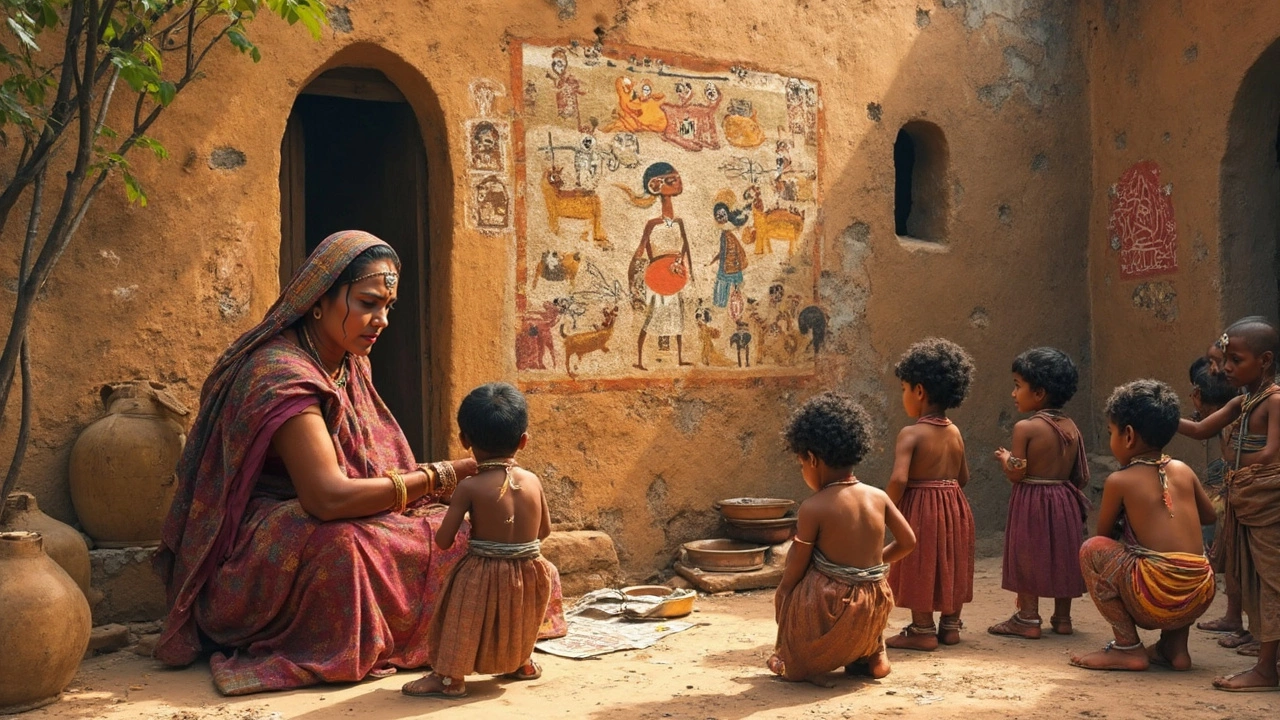
Warli Art: Folk Stories in White and Red
Switch gears to tribal art, and you’re likely to bump into Warli paintings. These murals, drawn mostly by the Warli tribe near Palghar and Thane, date back to 2500 BC. The most distinct thing? The stark, minimal palette—usually white patterns on a red or brown background. But don’t make the mistake of calling them “simple.” Sure, the artists use basic shapes—circles for heads, triangles for bodies, straight lines for limbs—but with these, they weave entire universes: farmers tending fields, wedding scenes, animals, and their beloved “tarpa” dance. The pigment is traditionally made using rice paste and cow dung on clay walls. No synthetic paint pots here!
Warli art isn’t just about pretty pictures. Each motif has its own hidden meaning. For instance, a spiral often means the circle of life, or women dancing in a ring symbolizes unity. And these are not just old cave scrawls—Warli artists keep innovating, from painting giant murals on Mumbai’s skyscrapers to making Warli-themed stationary, clothes, lampshades, and even sneakers. If you’re keen to pick up a Warli painting for your wall, the best advice is to buy directly from village artists at local exhibitions—they love to chat about their craft and might even let you watch them sketch a few scenes.
Here’s a quick DIY if you want to try it yourself: find a piece of deep red card, use a fine white marker, and stick to the basic triangle-circle-square formula. Don’t worry about neatness—it’s all about that rustic, child-like charm. Many city schools across Maharashtra now include Warli in their art curriculum, not only to save the form but also to keep kids connected to their roots. The next time you see a “primitive” stick figure, remember, it’s probably the work of a master storyteller from the Sahyadri hills.
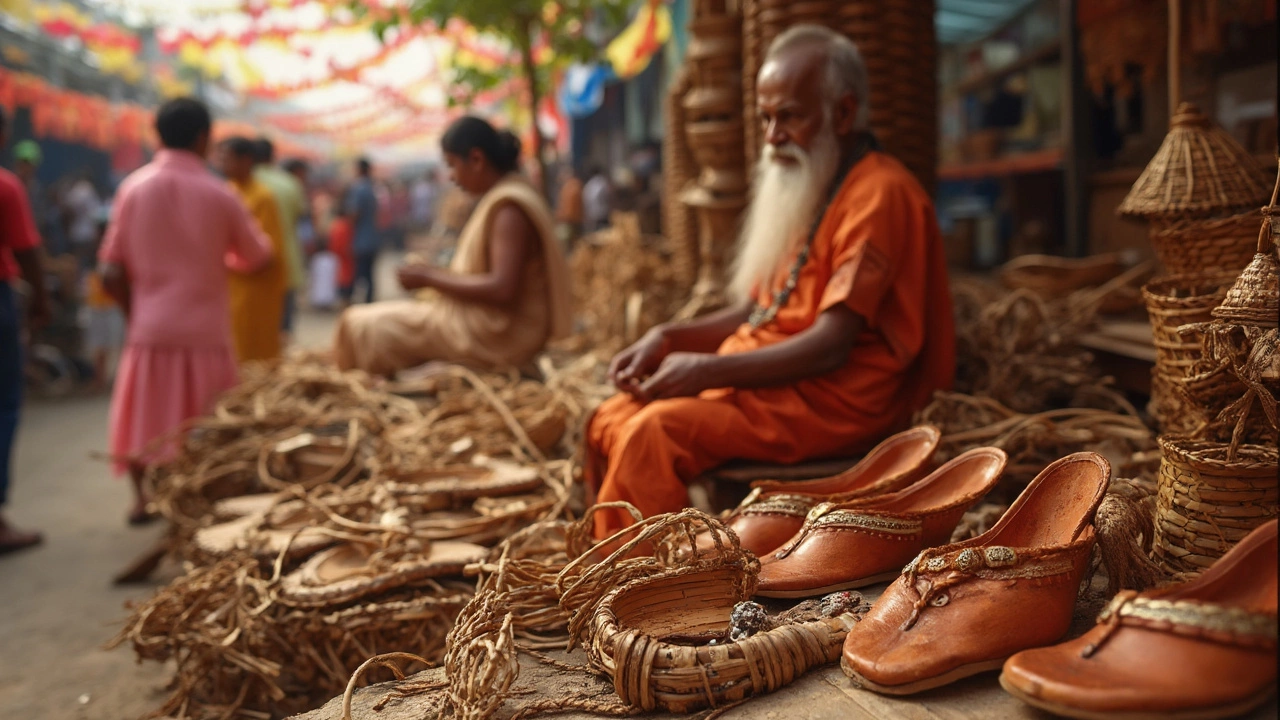
Kolhapuri Chappals and Other Crafty Marvels
Fancy footwear? Maharashtra outshines itself with Kolhapuri chappals. Made in the town of Kolhapur, these traditional leather sandals blend brute strength and everyday style. What makes Kolhapuris so special? They’re entirely handcrafted by a community called the Chambar, using locally tanned leather and vegetable dyes. Forget synthetic glues or nails—true Kolhapuris are fastened with clever stitching, and some can last for years of daily wear. Plus, they’re super flexible, making them perfect for dancing at village fairs or just running errands.
But Maharashtra’s crafts scene isn’t limited to silks and sandals. Bamboo forests in Vidarbha and Gadchiroli power a busy cottage industry, where artisans whip up baskets, fishing traps, even delicate wind chimes. In the rainy Konkan coast, you’ll stumble upon vibrant Ganjifa cards—a card game with roots in Persia that evolved into a canvas for intricate hand-painted art. Little known fact: Sawantwadi in Sindhudurg is still one of the few places left where Ganjifa cards are made, with designs ranging from Hindu gods to lush local landscapes.
Even Jill-of-all-trades crafters can get their hands dirty in Maharashtra’s clay craft hotspots. From Wai’s terracotta horses to Pen’s tiny Ganpati idols (specially loved during Ganesh Chaturthi), clay art is part ritual, part livelihood. And for sparkly lovers, Bidriware—a delicate metal inlay craft—is rising in popularity, with artists from Aurangabad blending Persian finesse with Maharashtrian motifs. If you see flower vases and cufflinks made from jet-black Bidri metal, you’re holding something rare and cool.
- To spot a real Kolhapuri chappal, look for the Maharashtra handicraft stamp and hand-stitched seams. Avoid the ones with nailed-on soles—they’re likely machine-made.
- For bamboo crafts, buying at source not only supports tribal artisans but you’ll often find fresher, more robust items than in city shops.
- Want to gift something different? Sawantwadi dolls and lacquer boxes, painted with scenes from local folk tales, make for one-of-a-kind presents.
Each Maharashtra handicraft comes bundled with history, innovation, and lots of heart. Next time you’re wandering through a Sunday market in Pune or a tiny shop in Kolhapur, keep an eye open. You’re not just seeing souvenirs; you’re witnessing centuries of creativity, tenacity, and local pride—all packed into something you can hold, wear, or drape over your shoulder.
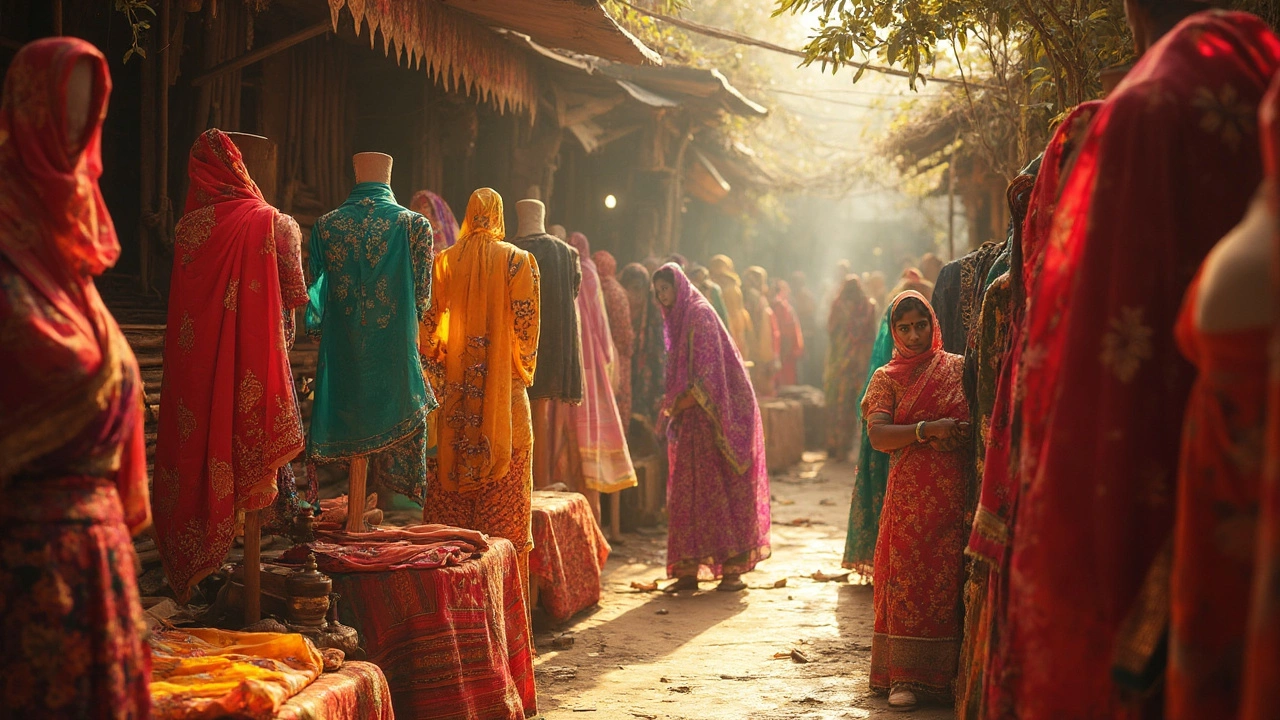
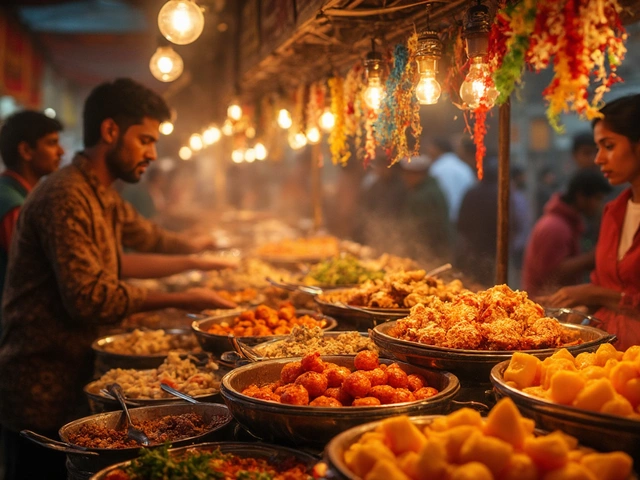
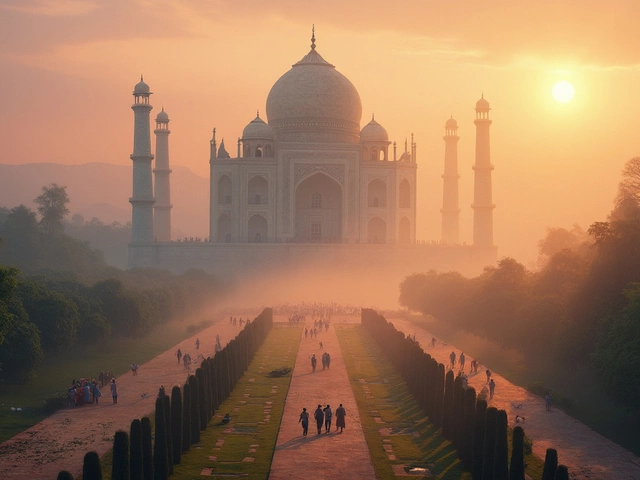
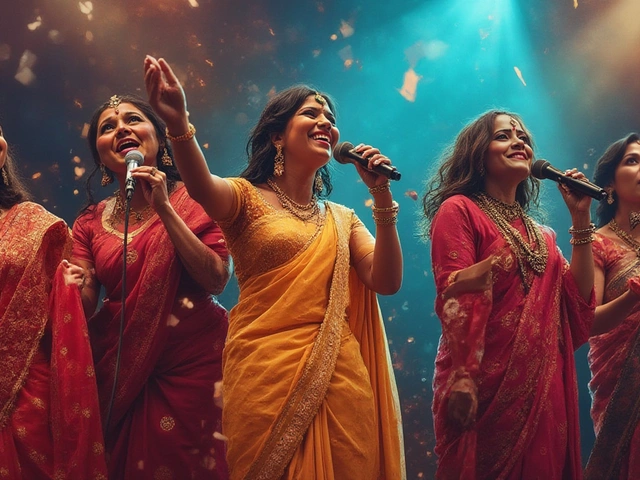
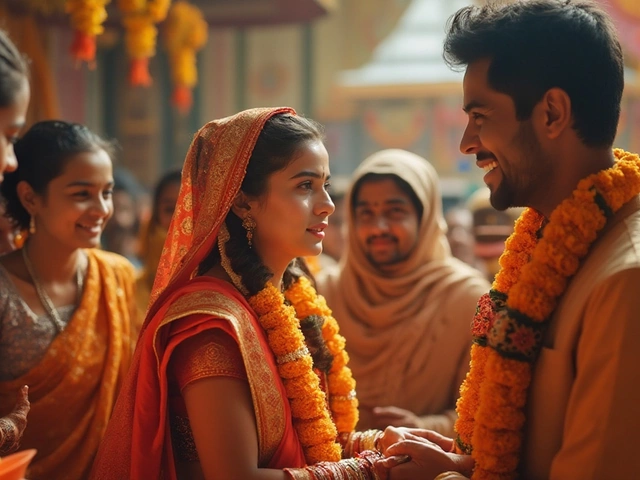
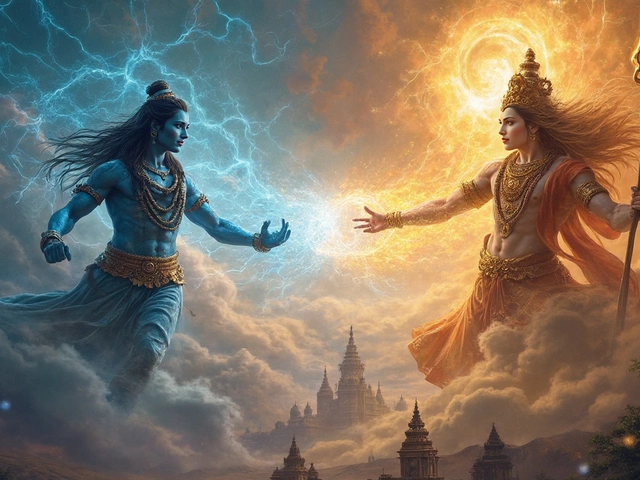
Write a comment